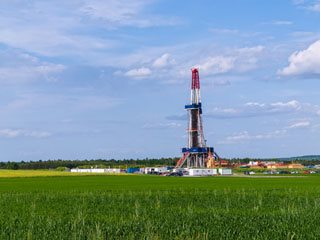
Energy crisis woefully continues to loom over many communities these days as the increased demand for energy seems to overwhelm the supply efforts. This has in turn led to the exploration of different energy sources and a myriad of extraction technologies. Aside from the popularly renowned geothermal power production, shale gas exploration is an energy avenue that is quickly gaining attention among experts as a natural gas alternative. But not everyone is eager to jump onto the 'fracking bandwagon'. Here are reasons why!
The heightened need for stellar well drilling supplies is likely to drive up the cost of exploration due to the extraction intensity and technology that shale gas requires in order for it to be successful, as compared to geothermal power production. Many wells are needed within a large surface area (about 25 per 100 square km) in the exploration of shale gas whereas geothermal power requires less intensity. This is mostly due to the role that rock permeability plays. At the end of the day, more land needs to be freed-up for shale gas exploration efforts to take shape.
The cocktail of chemicals used during shale gas extraction (for both fracking and stimulation of bedrocks) could lead to not only gas pollution but also contamination of underground water. The fact that fluids have to be pumped into the rocks, to increase pressure, opens up an avenue for chemical contamination and jeopardizes water safety in the area where shale gas fracking is happening. As opposed to stimulation needed for geothermal power production, the risk of bedrocks and chemical interactions is high in shale gas extraction and therefore an increased potential for mining wastes.
Fracturing fluids in shale gas extraction can also contaminate water through slow radioactive build-up and high levels of radium and arsenic which could pose health hazards to the population affected. It is advisable to use water-based drilling fluids to minimize pollution.
Geothermal power production targets already existing fractures in rocks and therefore the pressure needed (50-200 bar) is mainly to accelerate rock permeability rather than the case of shale gas which concentrates on developing entirely new fractures. High pressure is applied in order to extract shale gas (500-800 bar). This technique has been deemed by many a potential cause for worry down the road due to the impact it might cause on the landscape. Some worry about these pressure points bringing about land slippage with time. Using high quality geothermal supplies and particularly top notch geothermal fittings that can withstand high pressure would be a plus in such situations.
PVC Plus Drilling Products Inc. is your one stop shop for these and more!